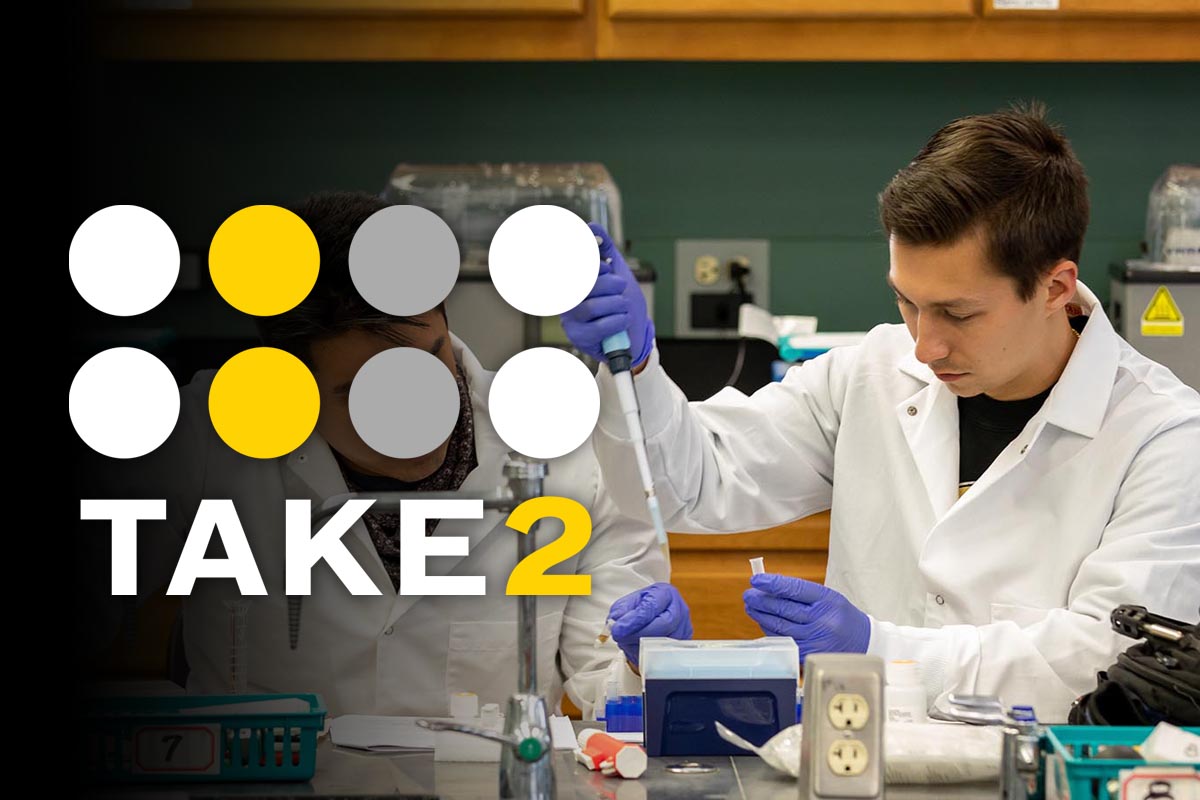Update from President Bateman on COVID-19 actions and preparation efforts
Dear Students and Families,
It is hard to believe that we are about to enter October. I hope that this email finds each of you safe and well. I know this has been an unusual and challenging year for everyone, but I am so grateful for how our Randolph College community has come together over the past months as we have all dealt with the daily ramifications of the COVID-19 pandemic.
Our COVID-19 Task Force continues to meet three times a week as we deal with current issues and plan for the coming semester. We have not yet made any decisions about whether we will return to on-campus learning in the spring—we feel it is still too early to fully gauge what conditions will be like at that time—but we did want to share some of our decision-making process with you.
Over the summer, the College invested a great amount of effort and finances into preparing our campus to safely bring our students back. Though we chose not to risk opening campus this fall, this work will pay off when we do return. While not all-encompassing, some of the changes included renovations to existing residence hall space to accommodate and meet requirements for quarantine space, the addition of sanitizer stations across campus, increased cleaning protocols, classroom changes for social distancing as well as the installation of Plexiglas for faculty and staff, and signage. We made investments in technology to expand our online capabilities, and we also have wellness kits ready for students, with thermometers, masks, and refillable hand sanitizer.
Making the decision to go online for this fall was one of the hardest things we have had to do as a task force. Everyone at the College prefers in-person learning and believes in the community experience we offer our students. However, the safety of our community must always come first, and given the conditions of the pandemic at that time, and our circumstances in regards to testing availability, we are confident that we made the right decision for Randolph this fall.
The task force is currently actively monitoring conditions in our region and is in regular contact with both health and education officials from around the state. We continue to watch, research, and study our peer institutions, especially those who chose to open this fall. None of us has ever experienced a pandemic such as this, and we believe we can learn from others’ experiences. We anticipate making our decision for the spring later this fall. But I would like to share with you some of the considerations of the task force as we move toward making that decision.
At the forefront of our minds is the safety of our community. While the college-age students typically tend to have milder symptoms, we must also take into consideration our entire community–including students, faculty, and staff who are in high-risk groups and could develop serious and life-threatening conditions if exposed to COVID-19.
In determining the best course of action for the community, the task force is balancing the need and benefits of bringing our students back to campus with the capability of the College to both prevent and deal with a potential pandemic outbreak.
Because a vaccine is still not widely accessible, testing availability continues to be an issue. As we look at schools that have had success so far in remaining open, one of the main factors has been widespread, regular testing of students. Many schools who chose not to test students before arrival dealt with rapid surges of the virus, causing some of them to move to online learning and send students home. Currently in Virginia, this testing is still not readily available or cost effective for schools such as ourselves. However, we continue to look at our options and hope more progress will be made in the coming months.
Other considerations include the capacity of our quarantine space and whether it can meet state and federal recommendations. We are also very aware of the mental health needs of all of our students. While not talked about frequently in the media, there is a real concern for the life many college students are living on campuses during this time, with limited social engagement, stringent rules, and isolation, and its effect on students. As much as we want our students back on campus, we do not believe this is the type of experience our students expect and deserve, and we want to make sure the student experience is acceptable and realistic in our residence halls.
We are also monitoring the pros and cons that have evolved from schools forced to switch back and forth between online and in-person classes, effectively quarantining the school during virus surges. This can prove stressful for both students and faculty and staff, and there must be a solid plan in place to deal with its possibility.
It is indeed our hope and intention to open in the spring if it is at all possible to do so safely. However, there is no playbook for colleges and universities for this pandemic, and we are all trying to make the best decisions possible for our circumstances—with the safety of our communities at the front of our minds. If this pandemic has taught us anything, it’s that we have to be able to be adaptable and flexible and be ready for any changes that could come.
On behalf of the task force, I want to extend my gratitude to each of you for your patience and dedication to our community. We miss our students dearly and cannot wait to have you all back on campus with us.
Sincerely,
Bradley W. Bateman
President

